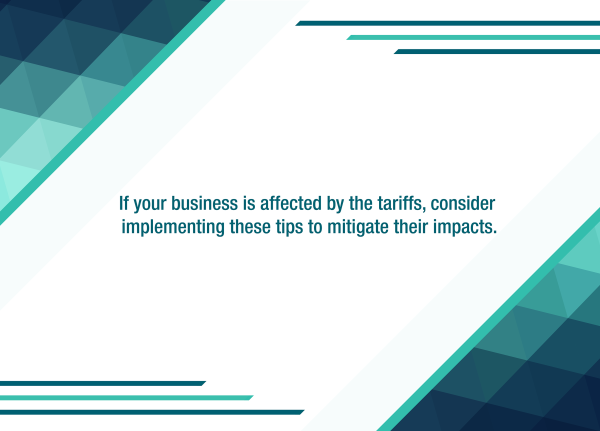The cost (or asset-based) approach to valuing a business focuses on the balance sheet. This financial statement reports “book values” for the company’s assets and liabilities. Here’s how the cost approach works and when it might be an appropriate method of valuation.
Book value vs. fair market value
Amounts reported on a company’s balance sheet for its assets and liabilities may not reflect their fair market value to a potential buyer or seller. One reason is that, under U.S. Generally Accepted Accounting Principles (GAAP), assets are recorded at historic cost. Over time, historic cost may understate market value for appreciable assets, such as marketable securities and real estate.
Additionally, internally generated intangible assets — such as copyrights, patents, brands and goodwill — are excluded from balance sheets prepared in accordance with GAAP unless they’re acquired from other companies. Balance sheets also might not include contingent liabilities, such as pending litigation or an IRS audit. Moreover, companies that don’t follow GAAP may exclude accruals (such as accounts receivable and payable) and rely on accelerated depreciation methods that understate the market value of fixed assets.
The mechanics
Under the cost approach, valuation experts identify all the company’s assets and liabilities, including those that aren’t recorded on the balance sheet. Next, they assign a value to each item, based on the appropriate standard of value (typically, fair market value). This process results in the creation of a market-based balance sheet.
Although the cost approach can provide valuable insight, it often requires significant time and effort to identify and revalue every asset and liability separately. In addition, revaluing certain assets — such as machinery, equipment and real estate — may require separate appraisals by outside specialists.
Real-world applications
So, when does this approach come into play? The cost approach may be the preferred methodology when valuing a business for litigation purposes. That’s because it’s perceived as straightforward, especially when used for asset holding companies and small manufacturers that rely heavily on their “hard” assets. It may also be useful when the parties present conflicting appraisal evidence.
In some cases, the cost approach provides a useful “floor” for a company’s value that serves as a sanity check for other valuation approaches. After all, reasonable sellers typically won’t accept less than net asset value in a business combination unless they’re under duress to sell.
In addition, many buyers and sellers turn to the cost approach in M&A, because it assigns a specific value to the individual assets and liabilities that are owned by the business. That’s different from either the income or market approach. They both provide an aggregate value for the business but don’t assign value to specific assets and liabilities.
With a cost approach analysis, the buyer and seller can negotiate exactly which assets and liabilities to include (or exclude), allowing them to more effectively negotiate a price. Then, after the deal is closed, a cost approach analysis can be used to allocate the company’s purchase price for tax and accounting purposes.
____________________________________
We highly recommend you confer with your Miller Kaplan advisor to understand your specific situation and how this may impact you.



